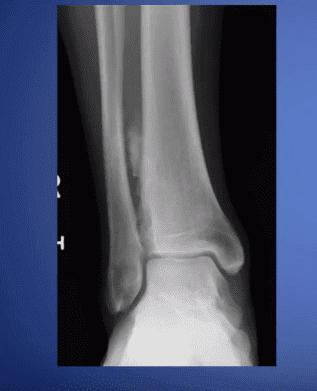It is feasible for a single-practitioner podiatry practice to add weight bearing CT (WBCT) imaging and realize economical…

pedCAT: What’s the Dose?
At CurveBeam, patient safety is the top priority. When it comes to CT imaging, it’s important to know the radiation dose a patient can expect during the procedure.
So what is the radiation dose of a typical weight bearing CT scan taken with the pedCAT? But before we get to that, here’s a little quiz.
Can you rank the below items from greatest to least in terms of radiation exposure?
– A pedCAT scan of both feet
– A serving of Brazil nuts
– A roundtrip flight from New York to Tokyo
– An X-Ray of the chest
– Working in an Australian Uranium mine for a year
(Click the blog post title to see the answer.)
Answer: (from greatest to least)
– Working in an Australian Uranium mine for a year (4,400 micro Sieverts)
– A roundtrip flight from New York to Tokyo (200 micro Sieverts)
– Chest X-Ray (50-100 micro Sieverts)
– A serving of Brazil Nuts (10 micro Sieverts)
– A pedCAT scan of both feet of an adult (6.4 micro Sieverts)
Source: Allianz
You may be surprised that a pedCAT scan is a low dose CT solution. The pedCAT uses Cone Beam CT technology, which has its advantages over conventional medical CT when it comes to extremity imaging. One major advantage is its reduced radiation exposure. A recent study by John Ludlow published in the International Journal of Diagnostic Imaging concluded radiation should not be a concern when considering the use of CBCT imaging for foot & ankle examination.
To access Dr. Ludlow’s study on radiation dose, click here.





